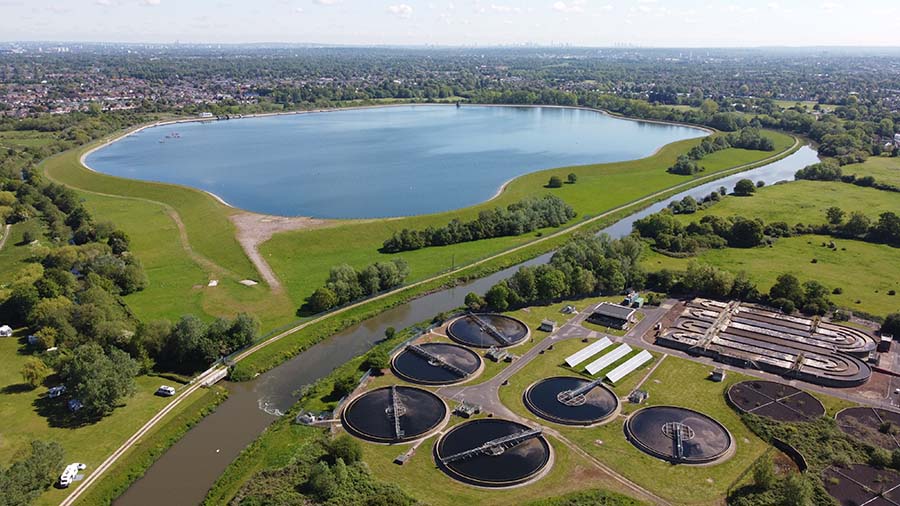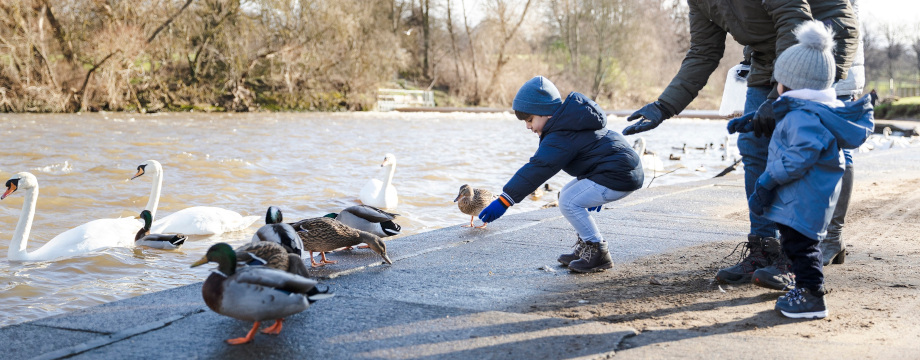Investing in river health

We want to do the right thing for our watercourses and the communities that love them.
Our river health plan explains what we're doing to improve the health and water quality of our rivers. Our aims are to:
- Discharge higher quality treated effluent to required standards
- Reduce potentially polluting discharges to our rivers
- Work with partners to improve river water quality
As part of this, our storm overflow action plan outlines how we'll deliver against governmental targets.
Image credit: Crane Valley Partnership
River health plan
In April 2022 we set out our first river health action plan. This was updated in 2023 and 2024 and included a summary of our Pollution Incident Reduction Plan.
The Water (Special Measures) Act includes a requirement for water companies in England to produce annual ‘pollution incident reduction plans’. This means we no longer need a separate river health report.
Further details of our plans can be found on our improvement plans for specific locations page.
Summary
Healthy rivers and watercourses are fundamental to our business. As a water company, our entire operational cycle links to the natural environment.
Our sewage treatment processes should support the health and water quality of waterways. We need to make sure more wastewater is fully treated before it's discharged into our rivers.
To improve river health, we're going to:
Discharge higher quality treated effluent
- Monitor our STW to make sure they treat incoming flow to the required standards
- Work with local authorities to upgrade STW in line with their housing projections
- Focus on reducing nitrates and phosphorus levels from an increased population
Reduce potentially polluting discharges to our rivers
- Continue work on the Thames Tideway Tunnel to reduce spills in London
- Reduce pollution incidents through our pollution incident reduction plan (PIRP)
- Meet government targets, prioritising overflows in the most sensitive catchments
Work with partners to improve river quality
- Share data with our event duration monitoring (EDM) map and Open Data API
- Work collaboratively to identify and address polluted surface water outfalls
- Trial a more collaborative approach with our smarter water catchments (SWC)
Next steps
We’ll continue to review our plans so that we’re always addressing our highest priority issues. This includes enhancing river water quality, as well as improving our wastewater systems. These plans will evolve as our understanding of the issues affecting rivers develops.
Storm overflow action plan
In March 2024 we published our storm overflow action plan. This is requested by Defra from every water and sewerage company in England. We published an updated version in October 2024.
We’ve also published an accompanying guide to help explain the data in more detail. It includes assessments and interventions for reducing the use of our storm overflows.
Summary
The storm overflow action plan outlines how we'll deliver against governmental targets.
The government has set a target of no more than 10 discharges on average, per overflow per year by 2050. Our PR24 plan shows how we plan to reach this. We’re planning for a maximum of:
- 24 spills on average, per overflow per year by 2025
- 17 spills on average, per overflow per year by 2030

Next steps
Like the river health action plan, the storm overflow action plan should be considered a working document, rather than a final plan. It will also be subject to change as our planning evolves.